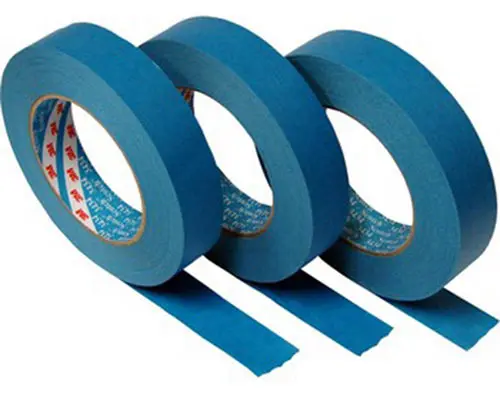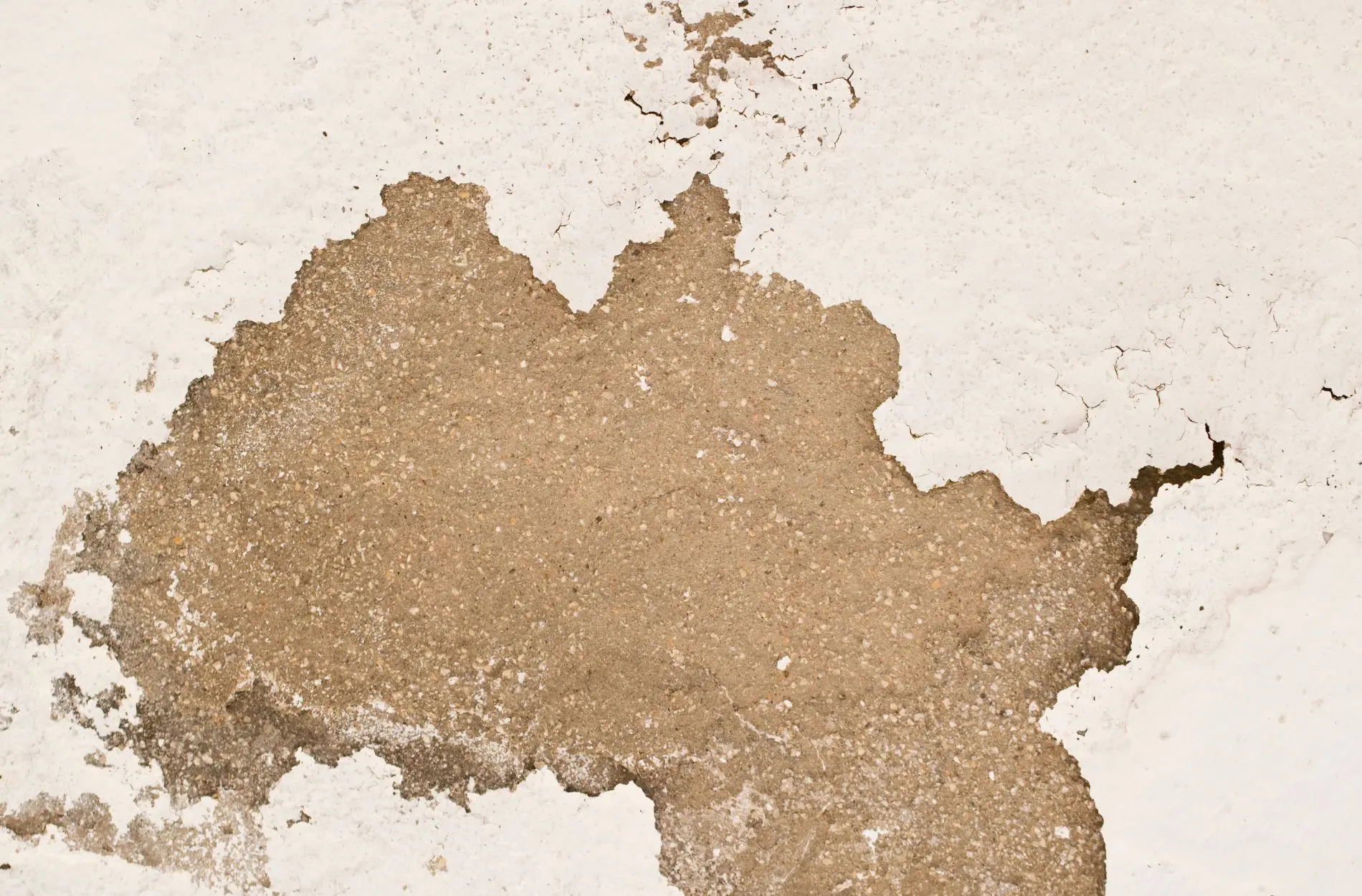Using Painters Tape Properly

If you were to be handed a roll of painters tape, chances are you’d be pretty confident putting it to use. By contrast, if you were accused of having no idea how to use painters tape properly, you might be somewhat offended.
Well, here’s the thing – chances are, you’re not actually using it right at all! Or at least, not getting maximum value and use out of every roll you pick up.
It’s not as if painters tape is the most complex of painting supplies imaginable. Nevertheless, it’s important to acknowledge the fact that not all painters tape is the same. What’s more, the way you put your tape to use when going about a painting project can and will make a big difference to the overall result.

So we thought for this post, we’d focus on a few of the more intricate technicalities of painters tape. Not that there’s anything particularly intricate about it, but still…you might find our words of wisdom useful!
A Tapestry of Tapes
As already mentioned, not all painters tapes are the same. There are technically two major types of painters tape, which are usually classified as a regular and delicate. Regular painters tape is suitable for use on most surfaces including glass, metal, woodwork, trim and painted surfaces in general. However, if dealing with freshly painted surfaces, faux finishes and delicate surfaces in general…well, you can probably figure the rest out for yourself!
In terms of size, there are countless different widths to choose from when picking up painters tape. In this instance, the size you choose probably isn’t going to make a great deal of difference to the overall finish. Nevertheless, there’s no sense using a series of strips of thinner tape when working with larger surfaces, when you could just as easily pick up a much wider roll of tape.
Make no mistake about it – anything that is not specifically labelled as painters tape is not painters tape. Don’t make the rocky error of using masking tape or any other tape, in a vain attempt to get the job done. You’ll simply end up doing so much damage to the surface itself that you’ll have an even bigger job to deal with when you’re done.
Pro Techniques for Using Painters Tape
You could (quite rightly) argue that using painters tape isn’t exactly rocket science. You simply cut a strip to the desired length and away you go. Nevertheless, there are few helpful pointers we’d like to share, which could help you achieve the best possible results with ease.
- For example, it’s a good idea to ensure that the surface underneath the painters tape is clean, dry and as smooth as possible. If not, you run the risk of painting an uneven line.
- Rather than attempting to cover one enormous length of the surface with a single strip, instead limit yourself to sections of painters tape measuring no more than 2 feet. This will make the application and removal processes so much easier to deal with.
- Always ensure that when you apply the painters tape in the first place, you do so without stretching it. If the tape is even slightly stretched, this could have an adverse effect on its ability to create a smooth and straight line.
- When the time comes to paint, ensure you move your brush in parallel with the edge of the tape, instead of cutting into the edge. The latter approach will only result in paint creeping under the tape in any areas where it isn’t securely fixed to the surface.
- Try not to overload the painters tape with too many layers of paint. Along with potentially compromising the integrity and consistency of the tape itself, excessive paint build-up could lead to messy mistakes when the time comes to remove the tape.
- As for removal, the optimal time to remove painters tape is when the paint is dry to the touch. If the paint is wet, you will inevitably smear the line. If the paint is too dry, you could end up peeling off far more than you intended to when you remove the tape.
- Avoid the urge to tear the tape off as quickly as possible like a band-aid. The best way of removing painters tape is to use a slow and gentle action, pulling it back on itself and taking care not to cause any damage.
- Last but not least, if you do make the mistake of letting the paint dry too much, you might want to take a razor blade or utility knife and use it to help remove the tape without damaging the quality of the result.
For more information on anything to do with home painting or to arrange an obligation-free quotation, get in touch with the Homm CPS customer service team today.










